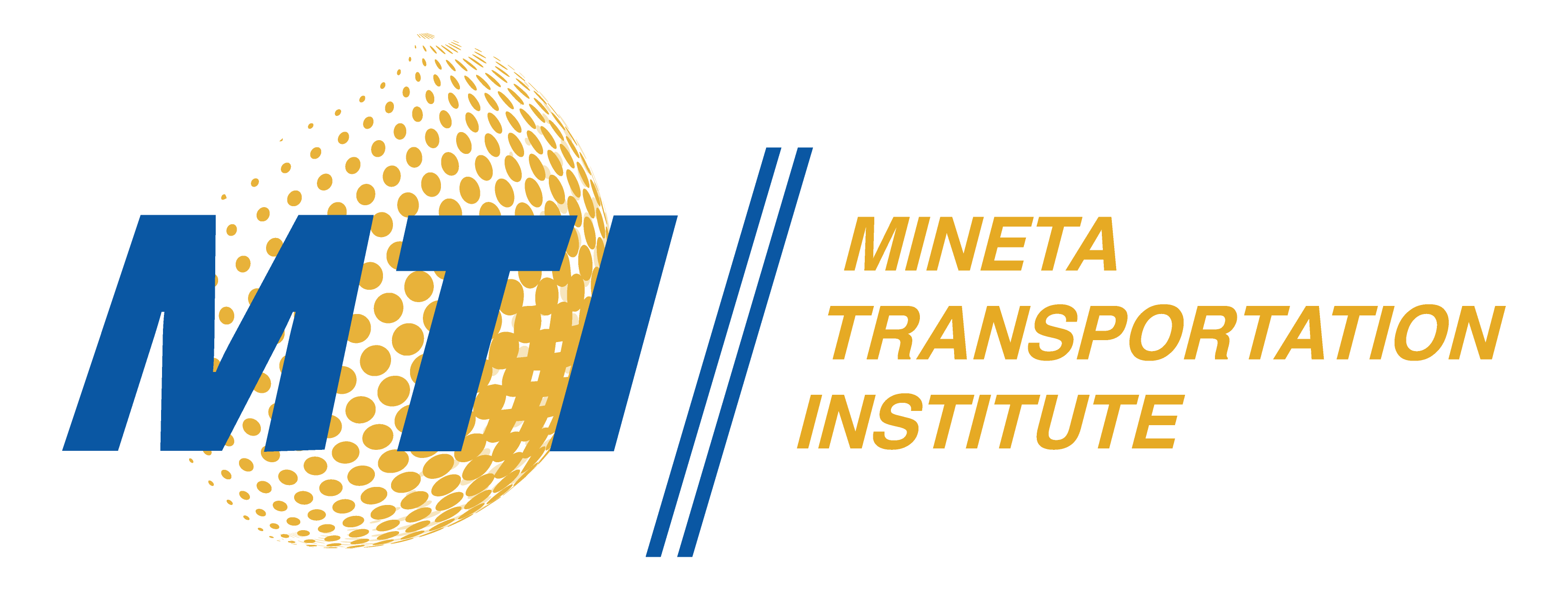Description
A 2019 survey conducted by the Associated General Contractors of America, prior to the COVID-19 pandemic, found that construction firms across the country are struggling to fill open positions. Eighty percent of survey respondents indicated they have difficulty filling jobs in occupations that are essential to highway construction. This includes heavy equipment operators, cement masons, and iron workers, among others. This workforce shortage in California will become more problematic as public agencies and their contractors seek to implement projects funded by the Bipartisan Infrastructure Law (BIL), also known as the Infrastructure Investment and Jobs Act (IIJA). In California there are 1,536 bridges and over 14,220 miles of highway in poor condition. The IIJA will invest $4.9 billion in the state for highway-related infrastructure projects. The research team conducted a literature review of three economic sectors that have faced or are facing similar labor shortage issues. The three sectors are agriculture, technology, and healthcare. Informal interviews were held to help explore and validate findings from the literature. Agriculture labor recruitment strategies offer some potential solutions to similar issues in highway construction because of the cyclical nature of work in each—the agricultural cycle of agricultural crops and the project cycle of construction. Solutions include foreign worker programs, employee referral programs, and improving working conditions. In the technology sector, there has been some success in filling specialized-skill positions with workers who have trained in online, modular skill training provided by large companies such as Google or Microsoft. Leading highway construction firms could form a public partnership to develop and provide similar trainings for the highway construction skills in demand. The healthcare sector has been addressing a shortage of low-skill workers for a longer period of time and offers the broadest potential solutions. There has been some success in finding workers using policies for tuition reimbursement and incentivizing seasoned professionals to become instructors for programs that provide in-demand skills. The hiring checklist for highway construction composed in this report is high-level, so it has broad applicability. The steps were informed by research into the comparative sectors. They offer a hiring process that is proactive to anticipated projects and aims to increase retention and reduce turnover.
Publication Date
9-2024
Publication Type
Report
Topic
Planning and Policy, Workforce and Labor
Digital Object Identifier
10.31979/mti.2024.2332
MTI Project
2332
Mineta Transportation Institute URL
https://transweb.sjsu.edu/research/2332-Employee-Compensation-Highway-Transportation
Keywords
Employee compensation, Workforce development, Highway transportation, Labor market, Construction projects
Disciplines
Public Policy | Transportation
Recommended Citation
Thomas O'Brien, Ben Olson, and Devin Martinez-Flores. "Addressing Transportation Construction Workforce Needs Through Innovative Policies and Practices" Mineta Transportation Institute (2024). https://doi.org/10.31979/mti.2024.2332
Research Brief

